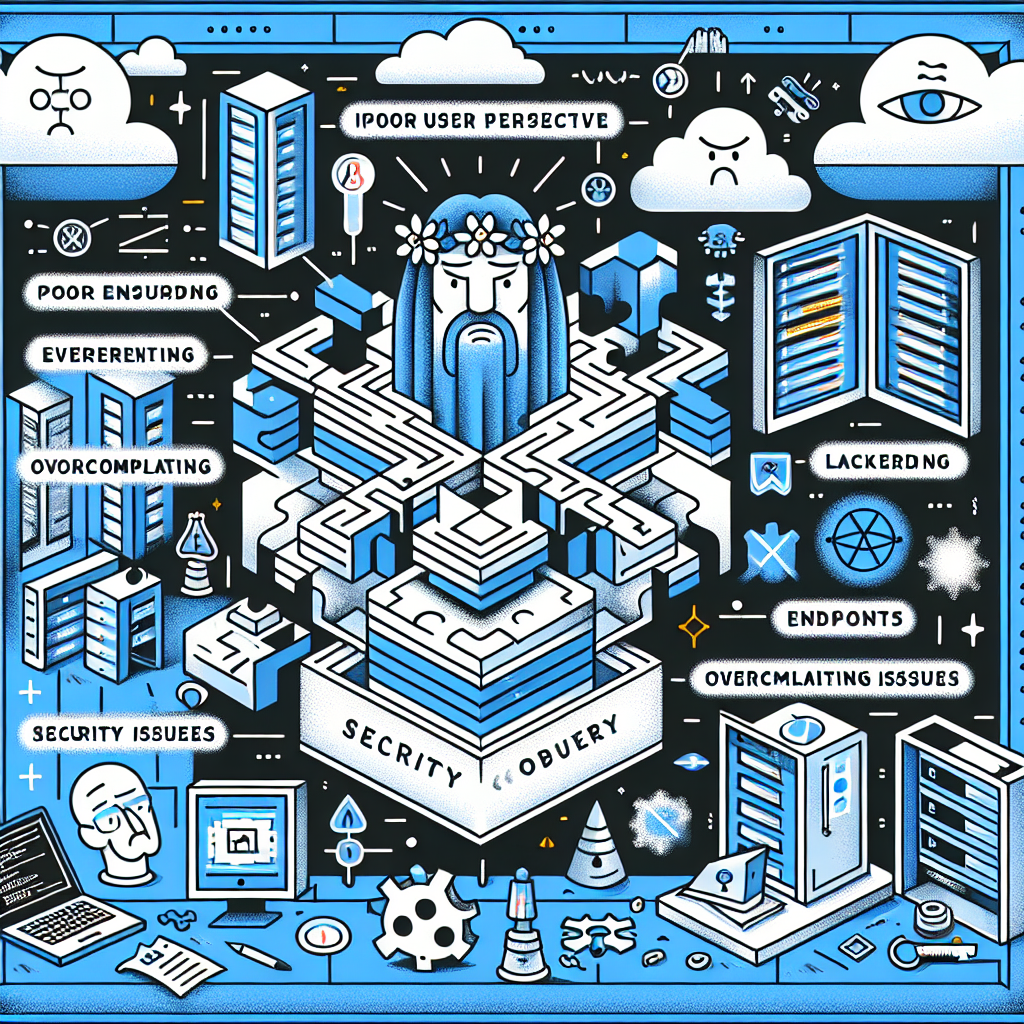Why APIs Fail in Real Life: A Field Guide for Architects

Sometims APIs fail. It can be code bugs or server crashes. It can also be a messy mix of design choices, real-world chaos, and sometimes, plain old human error. Here some areas for architects to watch out for.
1. Ignoring the User’s Perspective
APIs are for people (and their apps), not just for machines. Design with your consumers in mind. If they can’t figure out how to use it easily you can say goodbye to adoption.
2. Skimping on Error Handling
Fail gracefully. When your API breaks, provide meaningful error messages, not just cryptic '500 Internal Server Error' nonsense. Good error feedback is your best debugging pal.
3. Lack of Versioning
Change is inevitable. Not versioning your API means you risk breaking existing clients when you update. Version early, version often. Make the supported version history clear so consumers know when they need to start moving to a new version.
4. Overcomplicating Endpoints and Payloads
Keep it simple. Overloaded APIs become fragile and hard to maintain. Streamlined, focused endpoints save headaches down the road.
5. Security Slip-Ups
APIs often expose critical business logic and data. Don’t treat security as an afterthought. Token expiration issues or misconfigured permissions can cause cascading failures.
Bonus: Not Planning for Failures
Expect problems. Servers crash and networks drop. Build fallback and retry logic into your architecture from day one to keep your system resilient.
In the end, a great API is less about perfect tech and more about thoughtful design and real-world practicality. So next time your API misbehaves, check the basics before blaming the cloud gods.